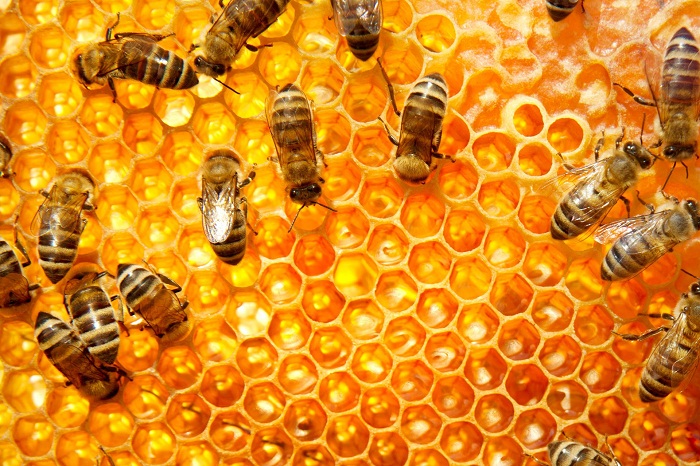Do plants feel pain and emotion? Is it possible that they can bond and communicate?
Is it possible that plants are able to experience pain and feel other human-like sensations? Prince Charles always believed they did. For years the public has laughed at the British Royal for talking to his plants.
He was ridiculed for years after being filmed making the following statement on a 1986 documentary filmed about him in the UK.
‘I just come and talk to the plants, really – very important to talk to them. They respond.’
New research, however, suggests that the heir to the English throne might not be so crazy after all.
It seems that plants really can hear. Researchers have testedthis by playing a recording of a caterpillar munching on a leaf, and the plants reacted. Since this was a recording, there is no possibility that the plants were sensing something other than the threatening sound.
The hearing is not the only sense that plantsshare with humans. Indeed, it seems that they may have all of the senses we have, plus some others that we don’t share with them. Plants can sense that an obstacle is before them before they come into contact with it.
They can change the direction in which they grow to avoid obstacles. They can also sense gravity and whether or not water is present in a place.
Scientists have also found that anesthetics work on plants. This suggests that plants do indeed feel pain.
A biologist called Monica Gagliano discovered that a plant called Mimosa Pudica gives evidence of having a memory. Her experiments showed that the plant could learn from experience.
Nevertheless, the mere suggestion that plants could have memory meant that scientific journals rejected her study several times.
All this could suggest that plants are in fact conscious and that the line between animal and plant life may be finer than we have been used to believing.
These experiments were strictly scientific research that was conducted by plant and animal biologists. Others go even further, suggesting that plants are capable of feeling emotions and bonding with each other as animals and humans do.
German forester Peter Wohlleben claims that trees can and do both form bonds with each other. He has claimed that trees that are ‘friends’ will purposefully grow in such a way as not to be an obstacle to the growth of the tree that they have formed a friendship bond with.
In 1966 a CIA polygraph expert called Clive Backster recorded the astonishing findings of an experiment he conducted on a dracaena plant in his office. He connected one if its leaves to a galvanometer.
He then found that by simply thinking about the dracaena being set on fire, he could make it react enough to make the needle on the polygraph move. This was shocking. He seemed to have discovered not only that plants can think, but that they can read minds.
If that sent shivers up your spine, hold on. It gets even weirder.
Following this experiment, Backster and his colleagues performed a number of experiments on different plants. They discovered that they were capable of reacting to the positive and negative thoughts of the humans near to them.
Even stranger, he claimed that if plants witnessed the ‘murder’ of another plant by stomping, they could pick out the perpetrator from a line of suspects.
All of this is recorded in a bookby Peter Tompkins and Christopher Bird called The Secret Life of Plants. The conclusions from such experiments, we should note, are highly controversial. Conventional science does not accept them at present.
In fact, some plant biologists consider that The Secret Life of Plants did lasting damage to their field. This led many scientists to shy away from studying the abilities of plants to feel pain and other human-like sensations.
Whether or not plants are mind readers and display the level of consciousness Clive Backster claims to have observed, it is certain that plants are more like us than we thought in the past.
https://www.facebook.com/ScienceNaturePage/videos/1404077976391123/
Do you think that plants feel pain, bond, communicate, and read minds? Let us know about your experiences with plants.





Every atom consists of Only 1% matter and 99% space,
Hence every living creature has its usefulness,in one or the other way,
Complimenting and completing nature.
Don’t let vegans read this…